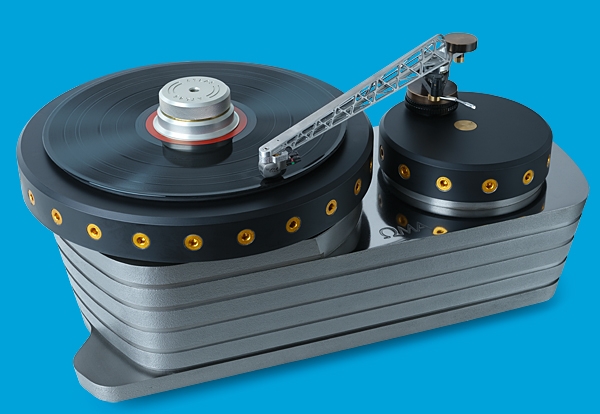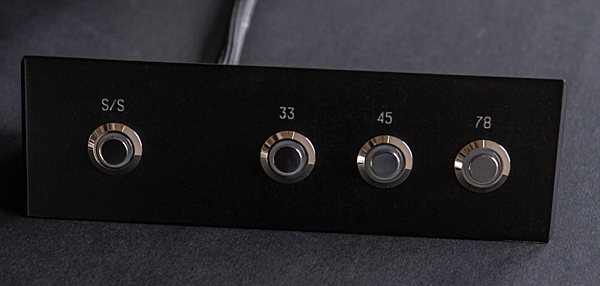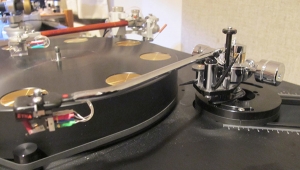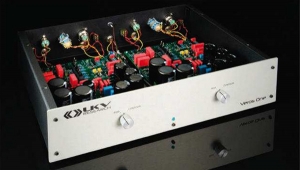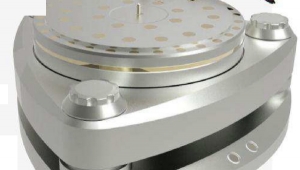| Columns Retired Columns & Blogs |
It seems technology can now do what balsa wood and Exacto knifes used to do!
So cool!
https://darklanternforowen.wordpress.com/2015/07/04/diy-balsa-wood-tonearm/
There used to be a guy who built these out of wood and would show them at Hi Fi Shows back in the 80s and 90s...I apologize for forgetting his name.
It's nice to see materials science (can we still use that word, science?) catch up with engineering imagination!
